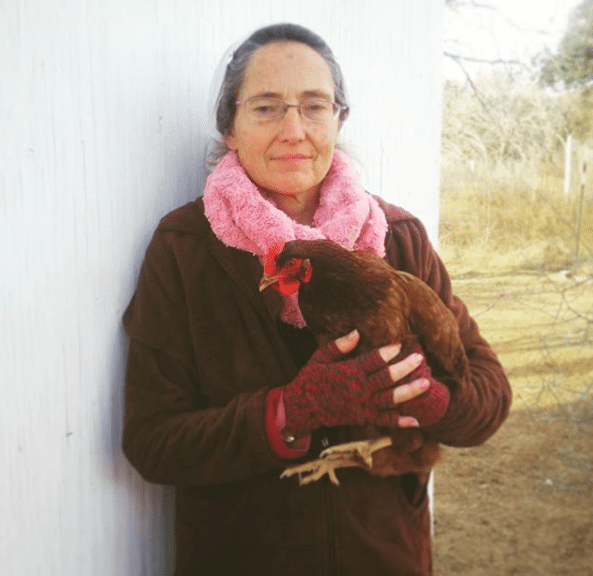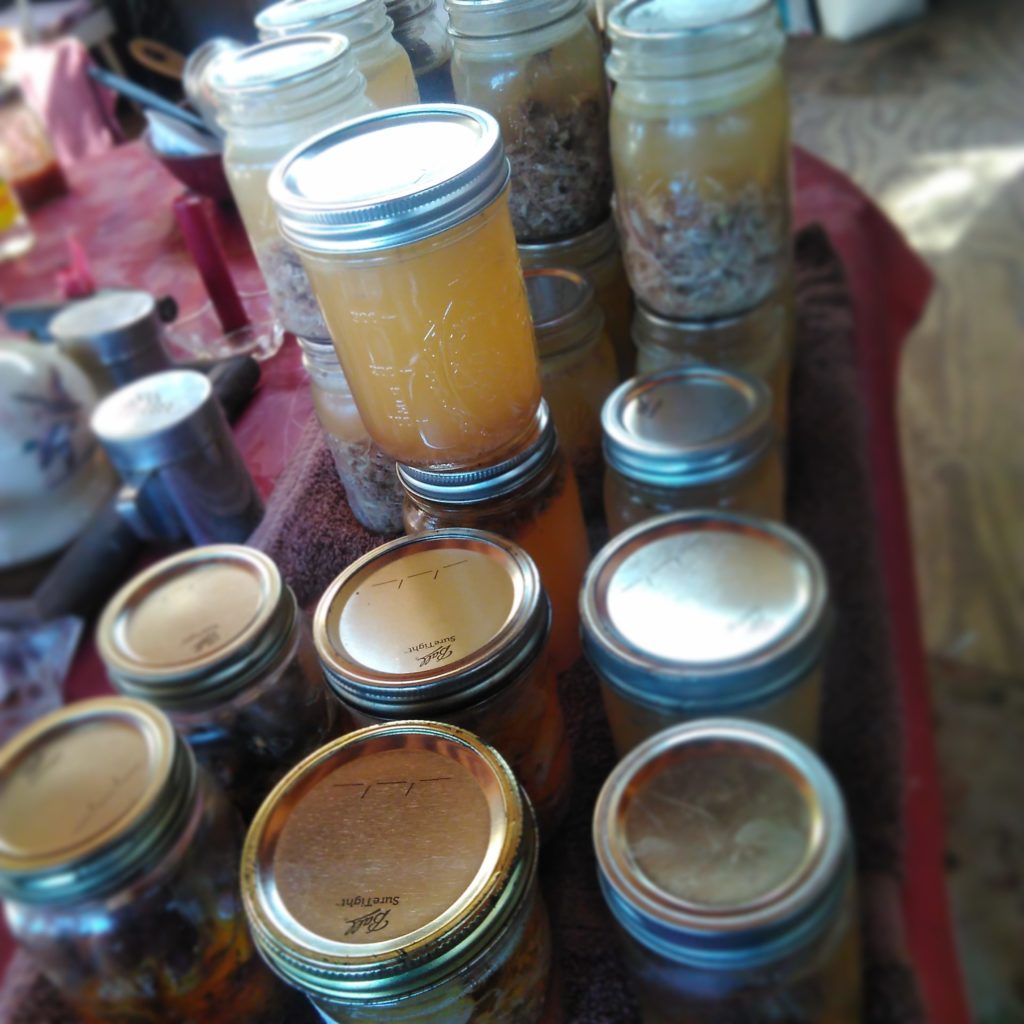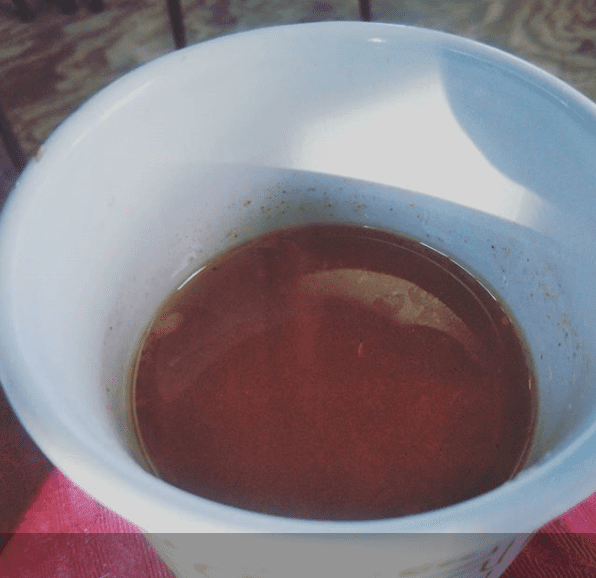
Few foods combine the attributes of being healthy, being easy to produce, and being naturally harmonious with an independent lifestyle.
Chicken Bone Broth in particular is one of the few foods that truly can be called a “Superfood” (I know that word is overused, and usually erroneous, but in this case it is not.) Bone broth is easy to make, utilizes parts (bones) usually cast aside or sold as a post-industrial commodity in most industrial/consumer/commercial applications, and is one of the few products where the by-product of the main food source is actually healthier than the main food source.
The concept of Bone Broth is simple. It is the broth made from boiling the bones of an animal (fish, fowl, land based mammal… basically any vertebrate) in water until all the good stuff, vitamins, minerals, calcium, and other goodies, including the gold – amino acids called proline and glycine – comes out into the broth. Many people add vegetables and herbs to their bone broth, but in this article we will be focusing on pure bone broth. From there you can add whatever you like.
Proline and Glycine are the gold in them thar bones.

The whole broth is fantastic, and if made right it is one of the tastiest liquid meals you’ll ever have, but proline and glycine are the magical ingredients. These two amino acids are key components, participating in the health and strength of human connective tissue. Think of it like this… everything that holds “stuff’ together inside you, sinew, cartilage, tissue, as well as the support material for organs, blood vessels, muscles, arteries, skin, etc., needs proline and glycine. These two amino acids are necessary to the right function of the body, and though your body is capable of making it’s own if it needs to, it goes without saying that human bodies that are compromised in many of the critical health functions are probably not producing proline and glycine efficiently or in sufficient quantities to do the daily rebuilding that is necessary for maintaining good health.
Books can be written on the benefits of bone broth, and in particular the benefit to the body of consuming readily available amounts of proline and glycine. And if you’ve read stuff from me for long enough, you know that I believe that inflammation is probably the central cause of almost all diseases. Maybe all of them. Proline and glycine assist our body in healing, including decreasing inflammation, and high levels of glycine are important for managing gut flora and in limiting infection from inflammation in the gut and intestines.
As I said in my bestselling book Surviving Off Off-Grid, I believe that chickens are probably the most essential animal element to a successful off-grid, sustainable homestead.
We keep chickens on our off-grid homestead, and so should you. As I said in my bestselling book Surviving Off Off-Grid, I believe that chickens are probably the most essential producing element to a successful off-grid, sustainable homestead. And when you have chickens, especially if you hatch out your own eggs, you will have excess roosters. It’s part of the deal.
Excess roosters are culled into the homestead food system, and in whatever way they are cooked or prepared, inevitably you will be left with the carcasses… the bones.
Step One:

Prepare your chicken. However you want. Bake it, boil it, pressure cook it, or just cut off all the meat. That’s what we often do. We like to move fast, so we butcher quickly by skinning the birds instead of plucking them, then gutting them and after washing the bird, we cut off all the meat to be canned separately.
However you do it, keep the carcass (the bones.) With most large vertebrates, you’ll want to cut open the bones so you get more of the goodies out, but with birds or fish, and even with rabbits, you don’t need to do this. Once you have a fairly clean carcass, then just toss the bones into a pot. There will always be some meat left on the bones, so don’t sweat it. This will add more taste to your broth, and eventually you’ll reclaim all of those meaty bits. My wife gathers them from the broth after the boil and cans them separately as a soup starter. You’ll need a pot big enough to cover the bones with water, and if you have a big enough pot, perhaps you can boil 3-4 carcasses at once.
Step Two:
Turn the bones on to boil. Add 2-3 tablespoons of Apple Cider Vinegar to the water. This will aid in leeching out more nutrients and goodness from the bones. You’ll want it to cook for a good long time. For the first few hours, some scum will rise to the top, you can just spoon this off and throw it away. Later fat and goodies will rise, but don’t get rid of them. You can skim the fat and can it separately, or just leave it in your broth. My wife boils the bones for 8-12 hours, then covers and let’s the whole thing steep overnight.
Step Three:
Let everything cool down, then remove the bones. Depending on how long you cooked them, the bones can be edible. Some people cook them for up to 48 hours, at which time the bones are very soft and chewable and are said to provide a lot of nutrients and beneficial calcium, etc. If you don’t want to do that, then you can throw the bones away at this point, or add them to your compost pile. You can strain the broth into sanitized jars if you want a totally clean broth. You’ll still probably have some fat in there though. My wife scoops out all the meaty bits and fills pint jars and then cans that meat separately as a good soup starter. She then puts all the broth into pint jars, which means she ends up with a yield of three distinct products from the butchering: straight meat in jars, meaty bits for soup starter in jars, and chicken bone broth in jars. She then goes through the canning process for long-term preservation of the brine. But if you are going to consume it all fairly quickly, then just pour the boiling broth into jars. The boiling will sterilize the inside of the jars. Once you have lids on tightly, turn the jars upside down for five minutes to sterilize the lids.
Step Four:
When you’re hungry, heat up a jar of broth and drink it like coffee. If you didn’t season the broth on the front end, you’ll want to season it now. Salt, pepper, garlic salt, or any herbs you want to add will make the broth delicious. The amino acids, collagen, and other good things are there, but the taste itself will convince you to add bone broth to your routine.
Survival and Preparedness Angle
Not just homesteaders, but all survivalists and preppers, should get in the habit of making bone broth from any and all creatures killed for food. Only dumb campers and posers would ignore the value in utilizing a “waste product” that provides more energy, healthy nutrients and minerals, and well-being than the meat itself does. In a grid-down situation, every calorie, every beneficial nutrient, can be critical, and if the outage lasts long enough, or becomes permanent, knowledge of these primitive survival skills can mean life and death. In Soviet Russia, any animal killed for food also had the bones harvested for broth. Poor Russians boiled potatoes, drinking only the broth, for weeks in order to get the most out of their food, can you imagine how highly prized bone broth was?
Enjoy and Survive!
Michael Bunker

Leave a Reply